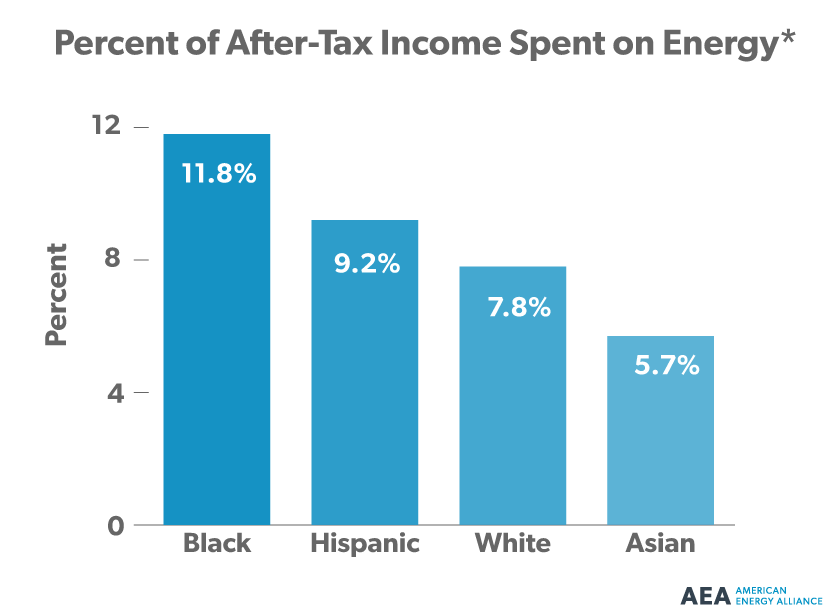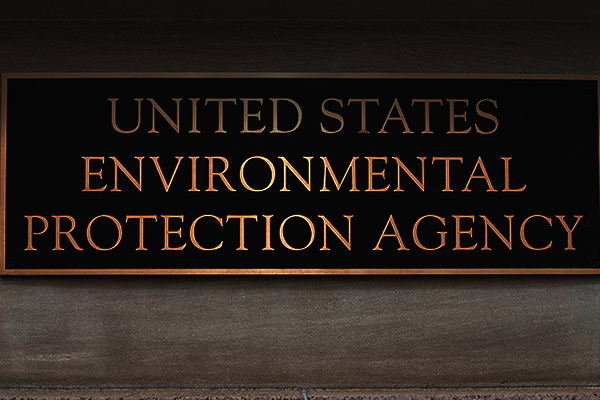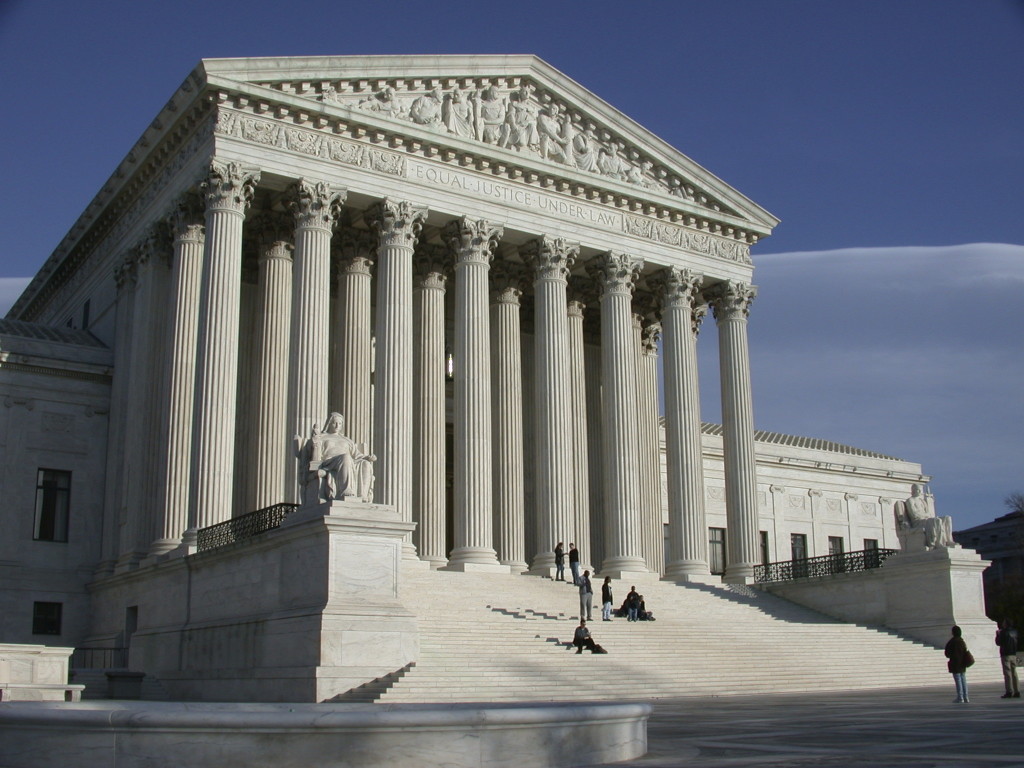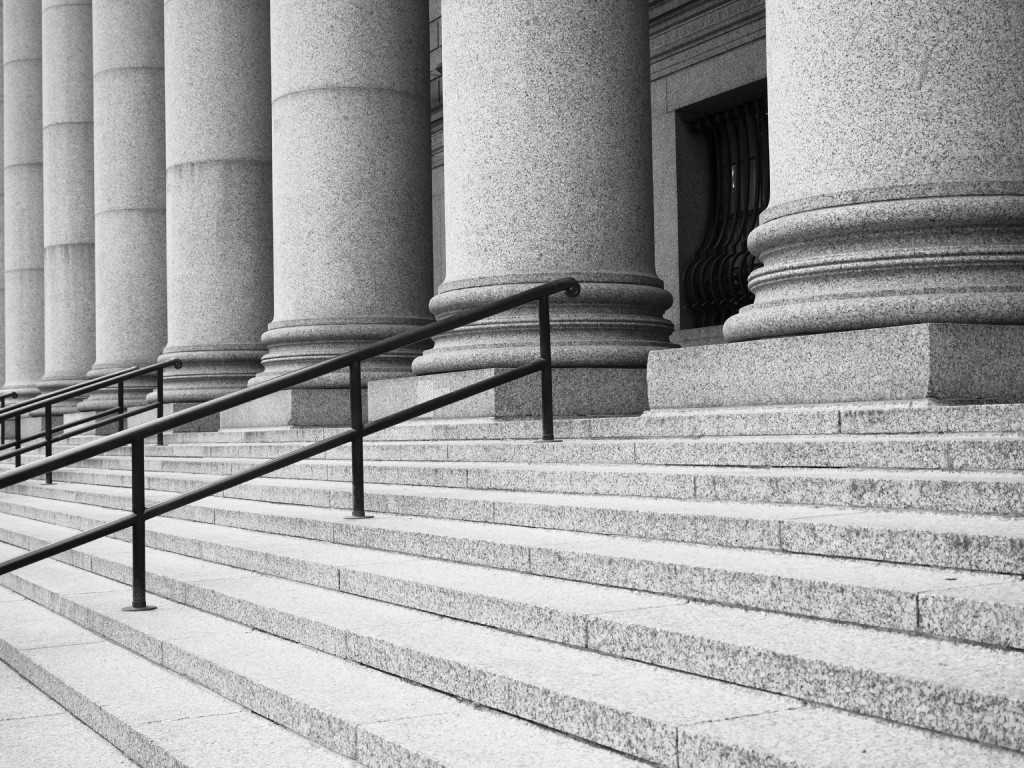For Minorities, Obama’s Carbon Plan is Justice Denied
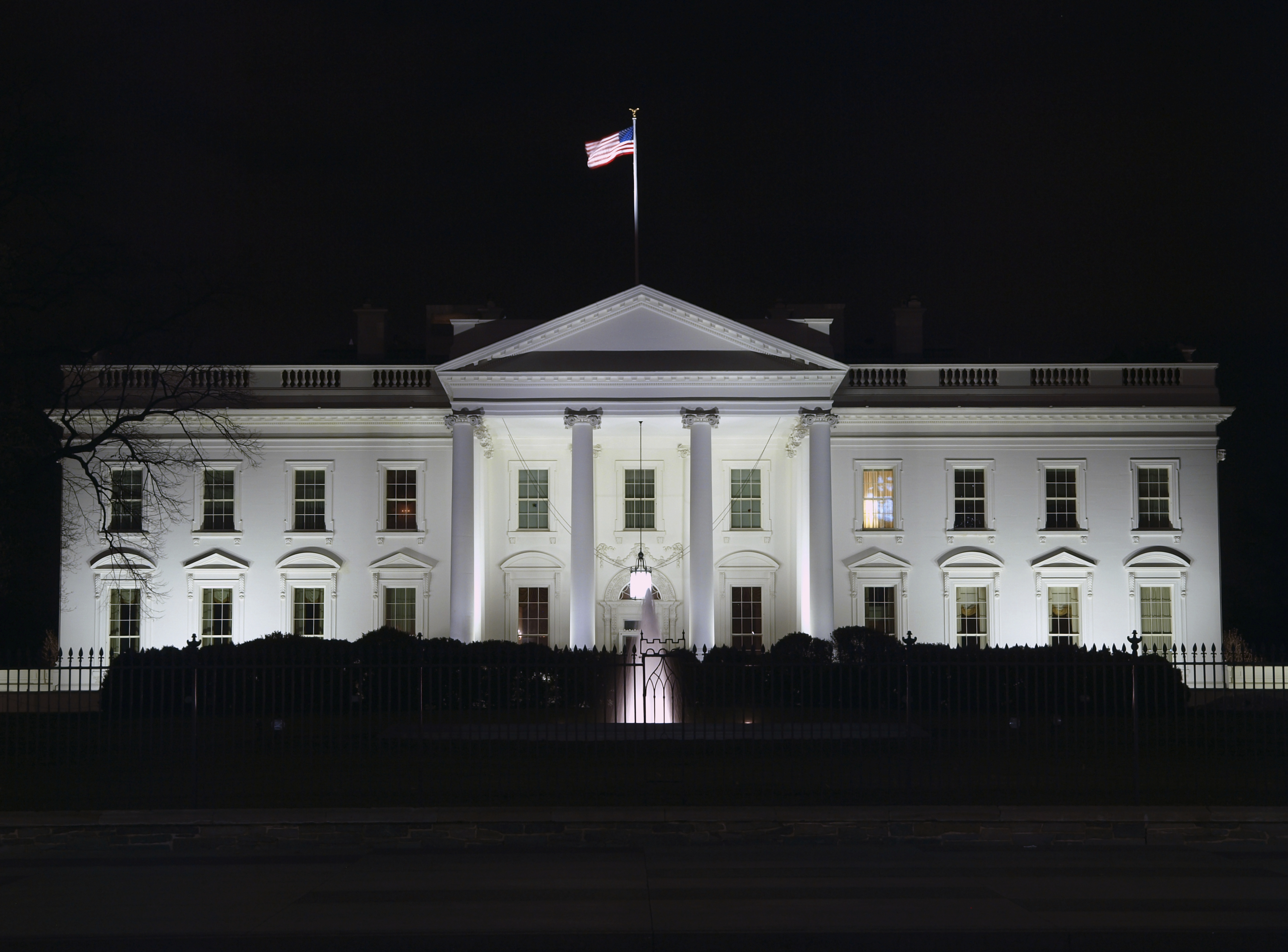
The Obama administration recently finalized EPA’s so-called “Clean Power Plan”, which will require states to slash carbon dioxide emissions from power plants. The administration calls this regulation an “environmental justice” issue, claiming that the poor and minorities stand to benefit the most. However, EPA’s carbon rule is actually a regressive energy tax on the poor and minorities: it makes electricity more expensive, and since low-income and minority populations spend more on energy, the rule will hit them hardest.
In his speech announcing the rule, the president dismissed the claim that his regulation will disproportionately harm minorities: “Even more cynical, we’ve got critics of this plan who are actually claiming that this will harm minority and low-income communities.” This contradicts a recent interview during which EPA Administrator Gina McCarthy actually admitted the agency knew that “low-income minority communities would be hardest hit” by rate increases caused by the rule, and so the agency made a greater effort to incorporate “environmental justice” into the final rule. Indeed, the final rule mandates that states applying for an extension participate in an outreach campaign to have low-income communities “provide input” on the impacts of the plan.
EPA notes that the rule will cause “increases in electricity costs” and that outreach will help ensure that “[those costs] do not fall disproportionately on those least able to afford them.” Requiring states to conduct outreach while developing implementation plans is a token that does little to mitigate the harmful effects of the rule. A recent study on the proposed rule found that Black and Hispanic poverty could increase by 23 and 26 percent, respectively. While EPA pays lip-service to “environmental justice” and Obama dismisses valid criticisms as “cynical,” millions of minority families stand to suffer under the Obama administration’s carbon agenda.
When Energy Prices Rise, Minorities Suffer the Most
As McCarthy admitted, minority communities would be disproportionately burdened by any increase in energy costs. According to the Bureau of Labor Statistics (BLS), Black and Hispanic Americans face higher energy costs compared to White or Asian Americans. As a percentage of after-tax income, Black Americans shoulder a 51 percent higher burden of household energy costs compared to White Americans, and 107 percent more than Asian Americans.
*Includes spending on electricity, natural gas, fuel oil, and gasoline.
Source: Bureau of Labor Statistics, Consumer Expenditure Survey, 3rd Quarter 2013 through 2nd Quarter 2014.
A recent study by the National Black Chamber of Commerce (NBCC) confirms the carbon rule will disproportionately harm minority communities. The NBCC estimates that by 2025, the plan will increase the poverty rate for Hispanic Americans by 26 percent, while the poverty rate for Black Americans will increase by 23 percent. The study also estimates that cumulative job losses for Black Americans will reach 7 million by 2035, and 12 million for Hispanic Americans.
EPA’s Carbon Rule Hits Poor and Minorities Hardest
President Obama’s carbon regulation forces states to craft implementation plans to meet a nationwide, 32 percent carbon dioxide emission reduction target for existing power plants by 2030. EPA recommends three building blocks for states to achieve their emission reduction targets, all of which will raise the cost of electricity by removing affordable energy from coal-fired plants and replacing it with expensive energy from renewable generators. A study by NERA Economic Consulting that assessed the proposed rule estimated that residential rates could rise by double-digit percentages in 43 states.
The plan will disproportionately impact low-income and minority families in high-poverty states, especially major coal-producing regions. West Virginia and Ohio, which have poverty rates of 17.3 percent and 13.7 percent respectively, will have to cut CO2 emissions by 35 percent and 32 percent by 2030, leading to electricity rate increases by up to 14 percent and 10 percent by 2031. Kentucky, which has a poverty rate of 20 percent, could see electricity rates rise up to 21 percent in order to meet its 31 percent emission target by 2030.
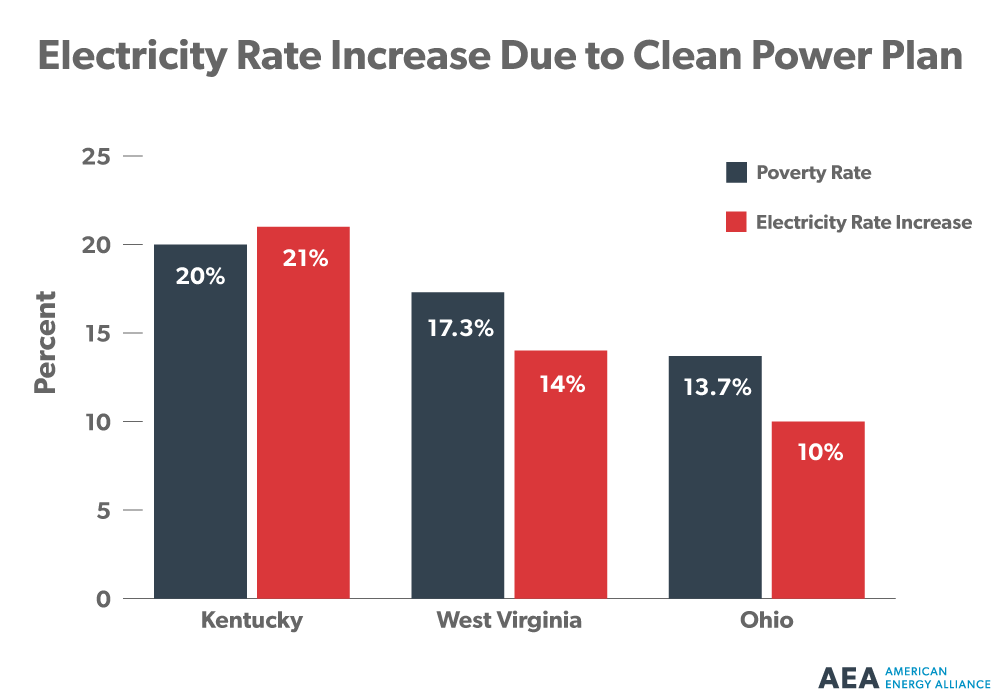 Source: US Census Bureau, Current Population Survey, 2014 Annual Social and Economic Supplement, and NERA Economic Consulting
Source: US Census Bureau, Current Population Survey, 2014 Annual Social and Economic Supplement, and NERA Economic Consulting
Higher energy costs leave less money to be spent on food and healthcare, and since low-income families spend the highest portion of their income on energy, they will be most affected. Even a small increase in the price of electricity could create a potentially dangerous scenario in which families have to choose between purchasing medicine or heating their homes during winter. In fact, IER has previously estimated that EPA’s rule could cause 14,000 more premature deaths than it would prevent.
Conclusion
Obama’s carbon regulation will substantially increase the burden of energy costs on low-income minorities, but have no discernible impact on climate change. While McCarthy acknowledges poor people will suffer more under the regulation, Obama dismisses anyone who points this out as “cynical.” If the administration truly cared about “environmental justice,” they would rescind this discriminatory rule and focus instead on making electricity affordable for all families.
